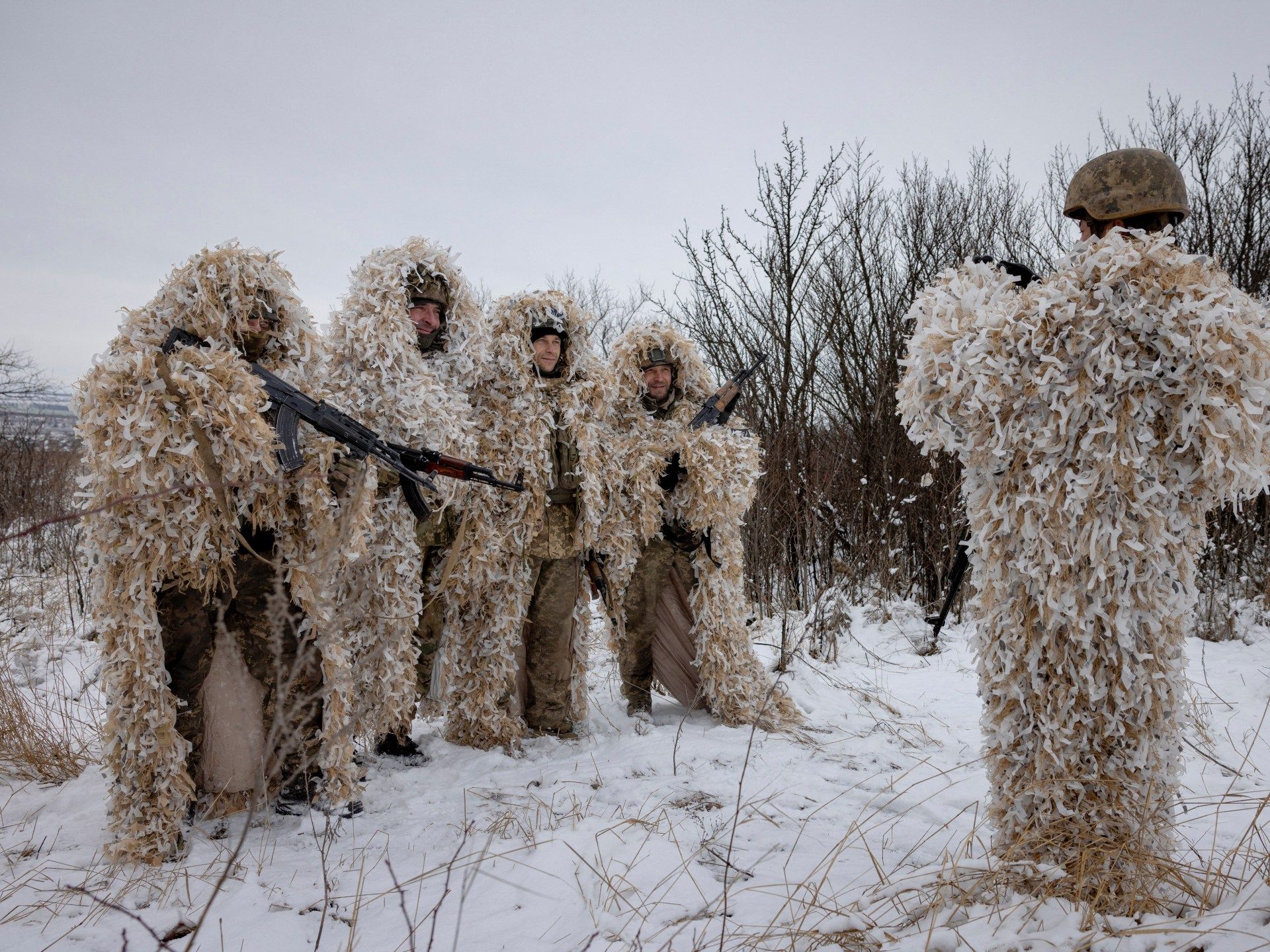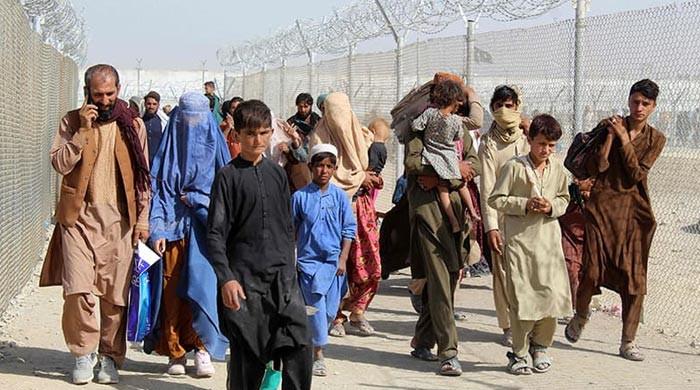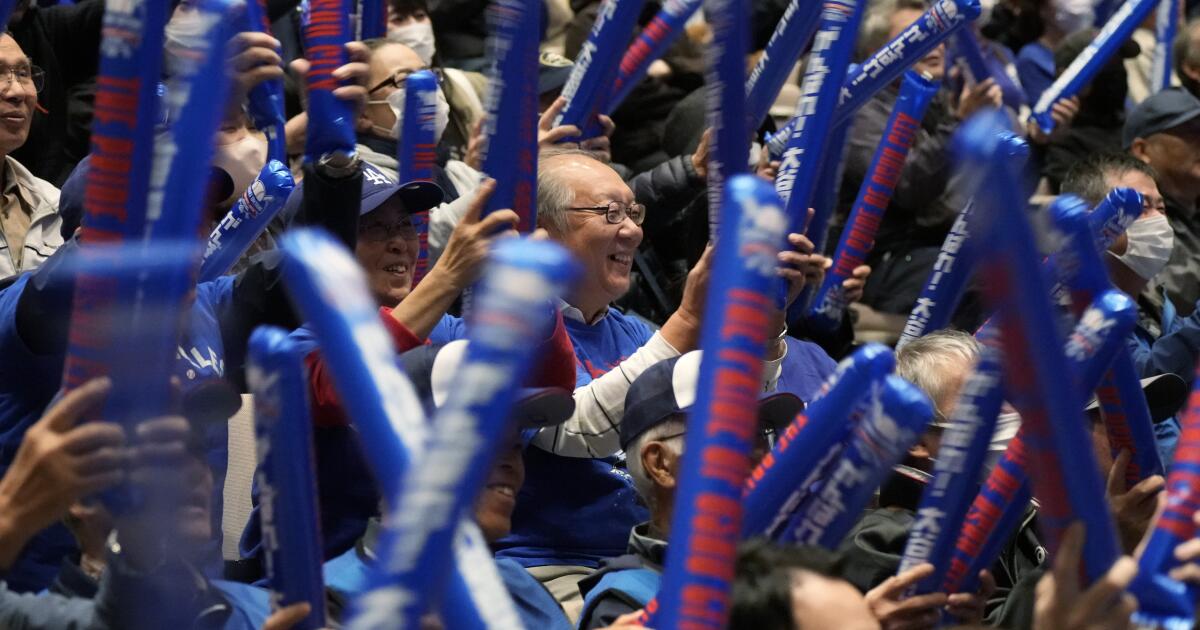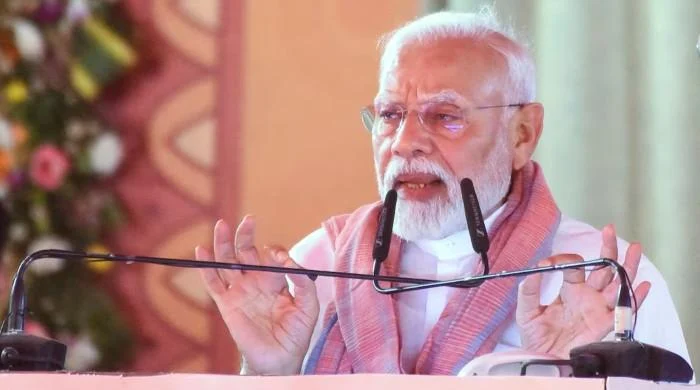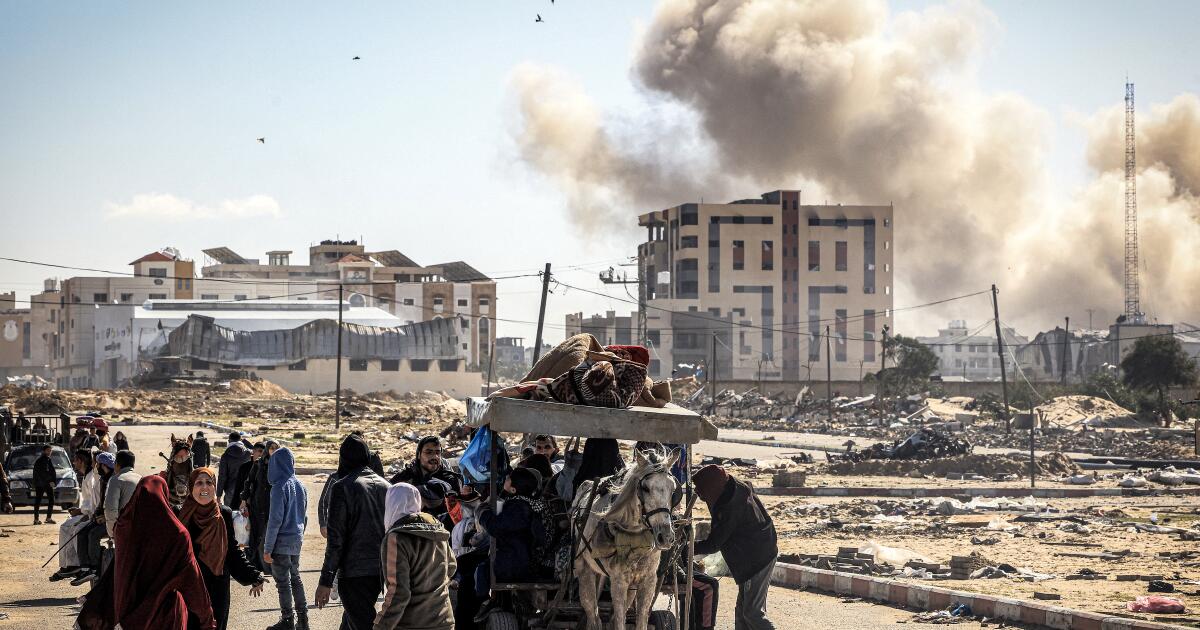In a fight taking place far from the front lines, Ukrainian lawmakers are debating a bill that could make or break their country's fortunes in this war.
The bill would recruit up to half a million new soldiers, increasing Ukraine's standing army by half.
The increase represents 10 times more new men than the 12 brigades Ukraine assembled for its 2023 counteroffensive, and could allow the country to finally break Russian dominance over its southern regions, cutting the front in half and forcing the Kremlin to negotiate over departure from Kiev. terms.
Ukraine may have few options because it is currently fighting a war of attrition that experts say favors the side with the greatest human resources: Russia. Russian President Vladimir Putin also appears likely to raise more troops after his re-election.
“Putin is…planning to mobilize more men, once the elections are over,” Tim Less, a professor at the Center for Geopolitics at the University of Cambridge, told Al Jazeera.
“Among other things, it has banned men of fighting age from leaving the country and has banned the anti-war candidate, Boris Nadezhdin, from standing in the elections, for fear that he might generate opposition to the war effort,” Less said. “Putin appears to have concluded that further mobilization is essential to exploit Russia's advantage on the battlefield and that that is what he will do.”
With American aid stalled – perhaps permanently – by congressional Republicans, Putin may have concluded that 2024 was his year to win the war and that forces the timing of his crisis for Ukraine.
“It's been two years of hell for us,” said Inna Sovsun, a member of the Security, Defense and Intelligence Committee of the Verkhovna Rada, Ukraine's parliament, where the bill is being debated.
Her partner has been fighting on the front lines since the invasion of Russia and she supports recruiting more troops, but only if there is an end in sight for those who have already served.
“There are people who lead normal lives. We would like to know that there will come a time in the future when he will be demobilized and someone else will take his place. This is being hotly debated and there is no answer at the moment,” he told Al Jazeera.
Ukraine mobilized men over the age of 27 when Russia launched a full-scale invasion of the country on February 24, 2022. But only a third of its million men and women in uniform are on active combat duty, facing what Kiev estimates are 462,000 Russians. soldiers, and Putin's claims from Russia are 617,000.
The rest of Ukraine's personnel are in supporting roles, including tens of thousands stationed on the currently quiet northern border with Belarus, where Moscow's original main advance toward kyiv came from, so that it is not repeated.
A more efficient rotation of uniformed personnel could cover some combat functions, but not enough, the Army says.
A few tens of thousands can also be earned by closing draft loopholes.
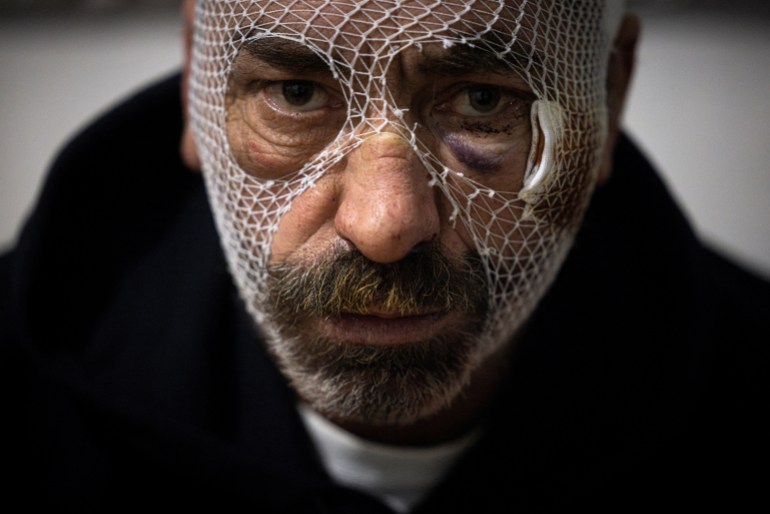
After the Russian invasion, young men rushed to enroll in doctoral programs at private universities and there was an increase in marriages to women with minor disabilities. The committee is closing these and other exemptions.
But that's where the low-hanging fruit ends and the tough decisions begin.
Last December, after the counteroffensive failed to execute its strategy, then-commander-in-chief Valerii Zaluzhnyi put the matter on the table and demanded half a million more soldiers.
“This is a significant figure,” Ukrainian President Volodymyr Zelenskyy said after meeting his top generals, apparently unconvinced that the economy can do without them or that allies can train and equip them.
“I told them that I needed more arguments to support this direction, because this is first and foremost a people issue,” Zelenskyy said.
The Verkhovna Rada had already approved a bill in spring 2023, which lowered the recruitment age from 27 to 25 years.
Zelenskyy did not sign it and last month fired Zaluzhny, believed in part because of this disagreement.
“What Zelenskyy is actually doing is trying to obtain more weapons from the West, which he sees as an alternative to mobilization or a precondition for it, while allowing his new commander in chief, Oleksandr Syrskii, to assess the situation. on the terrain. ground,” Less said.
Sovsun believes that lowering the minimum age for conscription is a foregone conclusion and parliament “will get it done by the end of March.”
The committee has ruled out punitive measures included in a Jan. 4 draft considered human rights violations, such as freezing the bank accounts of draft evaders or preventing them from selling property, although a ban on travel outside Ukraine will likely remain in place.
The debate now focuses on creating incentives for enlistment, Sovsun said, such as guaranteeing semiannual rotations and a 36-month term limit.
“The 36 months [term limit] “It is still in play in a very specific way – we don't particularly like the wording – that those who serve will have the right to demobilize after 36 months based on the decision of the commander in chief,” he said. “Basically, if the decision is not made, it does not happen. [We want it] be automatic.”
The move could mean an exodus of experienced troops in March 2025, but Sovsun considers it necessary.
“There are some units that have been on the front line for 24 months. That is extremely difficult and is inefficient. People need to rest,” she said.
In theory, Ukraine has a reserve of 10 million men aged 18 to 61 that it can draw on to replace demobilized troops. In practice, that number may be lower.
Ukraine had a population of 48 million in 2001, but up to a quarter of it is voluntarily or involuntarily under occupation, and many people also fled the unoccupied western regions when the invasion occurred.
Then there is the human factor that Zelenskyy alluded to.
“People are extremely tired. [The war] It has taken its toll on all of us and I started to think: how many years can people like this live? Sovsun said.
A NATO-Russia war?
Perhaps in part to boost Ukraine's morale and send a message to Russia, French President Emmanuel Macron on February 26 raised the issue of sending NATO troops, raising the risk of a war between Russia and NATO.
While “there was no consensus” on sending Western ground troops to Ukraine, “nothing should be excluded. “We will do everything necessary to ensure that Russia cannot win this war,” Macron said.
“[Macron’s] “The generals and members of his cabinet have specifically talked about the idea of deploying forces in support roles (clearing mines, managing defenses and training Ukrainian soldiers, for example) to free up the Ukrainians to confront the Russians in the front line,” Less said.
Russia can see it another way, preparing to confront the West directly.
“The Kremlin has been… talking about a war with the West for more than a decade,” Rory Finnin, a historian of Ukraine at the University of Cambridge, told Al Jazeera.
“We may not have been interested in that war, but clearly their war is interested in us. I don't think it's just a war against Ukraine… Russia wants to see dysfunction and division in the West. It is the only way she can amplify her own power.”
Jade McGlynn, a Russia expert at the Department of War Studies at King's College London, agrees that Russia is psychologically prepared to fight the West directly.
“If the West had been totally against Russia [after the Cold War], that would have been different, but sometimes there are things that are worse than being hated. For example, being ignored,” McGlynn told Al Jazeera. “And that keeps coming up.”
For now, however, the Ukrainians have to rely solely on their strength.
“There is no justice in war,” Sovsun said. “There's no fair way to say who should serve and who shouldn't, and there's no fair way to do it, but at least this burden of war should be more equitably distributed.”

